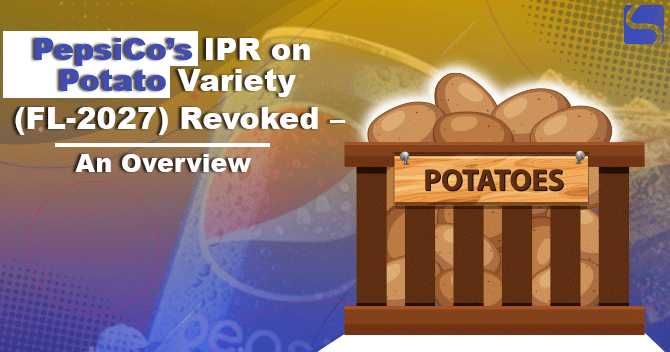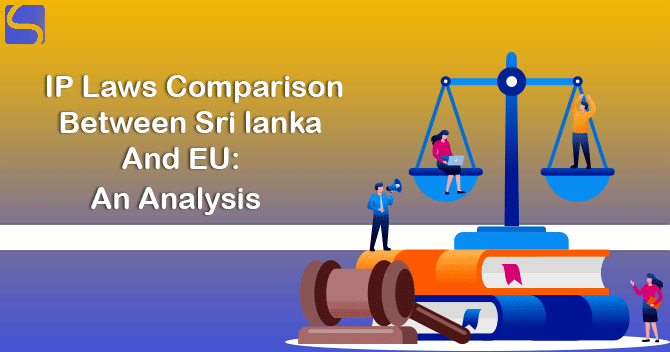Careers in IPR in India: An Analysis

Siddharth Verma | Updated: Nov 24, 2021 | Category: IPR
Those days have been gone when fresh Law graduates had to pursue their career either as a practicing Lawyers in courts or those from influential families joined Big Law firms. Lastly, very few and lucky graduates got jobs in public sectors as Legal Officers. Intellectual property right (IP) is an exceptionally growing field in India, and Law graduates are more inclined towards IPR Litigation and other career-related to IPR. Intellectual property rights are all about the invention and creation of work. Also, IPR confers protection against the infringement of rights to the inventor. Therefore, we will be going to learn the Careers in IPR in India. Scroll Down to check the detailed analysis on careers in IPR in India.
Table of Contents
Meaning of IPR
IPR (Intellectual property rights) are the inventions of the mind; innovations, literary and artistic work, symbols, names, and pictures utilized in commerce are all examples of intellectual property. IPR is classified in Trademark, Patent, Copyright, and Design. The goal of intellectual property rights is to protect and stimulate human invention for the benefit of all and ensure that the advantages derived from exploiting a creation go to the originator. This will encourage innovative activity while also providing investors with a respectable return on their R&D investment.
Types of Intellectual Property
To build careers in IPR in India, one should first understand the types of Intellectual property rights followed in India. The IPR is majorly divided into two categories Industrial property and Intellectual property. Utility models, service marks, trade names, passes, signs of source or origin, including geographical indications, and the repression of unfair competition are all covered under industrial property protection. The word industrial property can be considered the forerunner of intellectual property.
Four Types of Intellectual Property rights are given below:
- Copyright
Law is concerned with the protection and utilization of tangible expressions of ideas. With evolving notions about creativity and new forms of communication and media, copyright has developed over many centuries. In the modern world, copyright law protects the traditional beneficiaries of copyright, such as individual writers, composers, and artists. The publication required the creation of work by major cultural industries, such as film, broadcast, recording, and computer and software industries. It can be found in literary, theatrical, musical, and creative works and sound recordings from “original” cinematic films.
- Trademark
A trademark is a sign of ownership. It’s a specific indication that is used to make the source of goods and services public concerning goods and services and differentiate products and services from other businesses. This creates a connection between the owner and the product. It depicts a product’s nature and quality. A trademark’s primary role is to identify the source of the items to which it is linked or in connection to which it is used. It identifies the product, ensures its quality, and aids in its marketing. The trademark also serves as an objective indicator of a company’s goodwill.
- Patent
Patent law recognizes a patent holder’s exclusive right to benefit from his creation commercially. A patent is an individual right granted to the owner of an invention to produce, use, and market the story, as long as the innovation complies with specific legal requirements. A patent holder’s exclusive right means that no one else can make, use, or promote an invention without permission. This exclusive patent privilege is only valid for a limited period.
- Industrial Design
It is one type of IPR that protects an object’s visual design that isn’t being used only for its intended purpose. It entails the application of shape, configuration, pattern, ornamentation, or a composition of lines or colors to any article in two or three dimensions or a combination of one or more features to any article. The outward look of a product, including decoration, lines, colors, shape, texture, and materials, is protected by design. It can be made up of three-dimensional features like colors, forms, and the formation of an article, two-dimensional features like shapes and surface textures, or any mix of the two.
Where a Law Graduate work as an IP professional In India?
Considering the careers in IPR in India. Law graduates can join the below organizations:
- Law Firm
Big law firms have IPR teams, although they are usually small and are paid significantly less than corporate lawyers.
- Companies
Most businesses require IP lawyers, if not specialised ones, then at the very least general in-house counsel who must also handle IP matters. Media and entertainment, technology, pharmaceuticals, biotechnology, sports and broadcasting, movies, music, and publishing are just a few examples. IP lawyers are in high demand, and these businesses frequently need big IP legal teams.
- Litigation
The number of cases involving intellectual property is rapidly increasing, particularly when it comes to trademark issues. Patent prosecutions and copyright disputes are also on the rise. Because most IP lawyers are focused on other types of employment, now is the perfect time in history to be an IPR litigator.
Conclusion
We have discussed about the careers in IPR in India in this article. Conclusively, Intellectual property rights are the monopolistic rights that provide holders exclusive income rights from cultural expressions and inventions for a particular time. For a society to offer such privileges to its citizens, proponents of these rights provide three commonly recognized justifications for protecting today’s inter-global intellectual property rights[1]. Managing IP and IPR is a multi-disciplinary endeavor that necessitates a variety of functions and tactics that must be matched with national legislation and international treaties and norms. From a national view, it is no longer driven.
Read our Article:Importance of IP Audits for Corporates: An Overview














